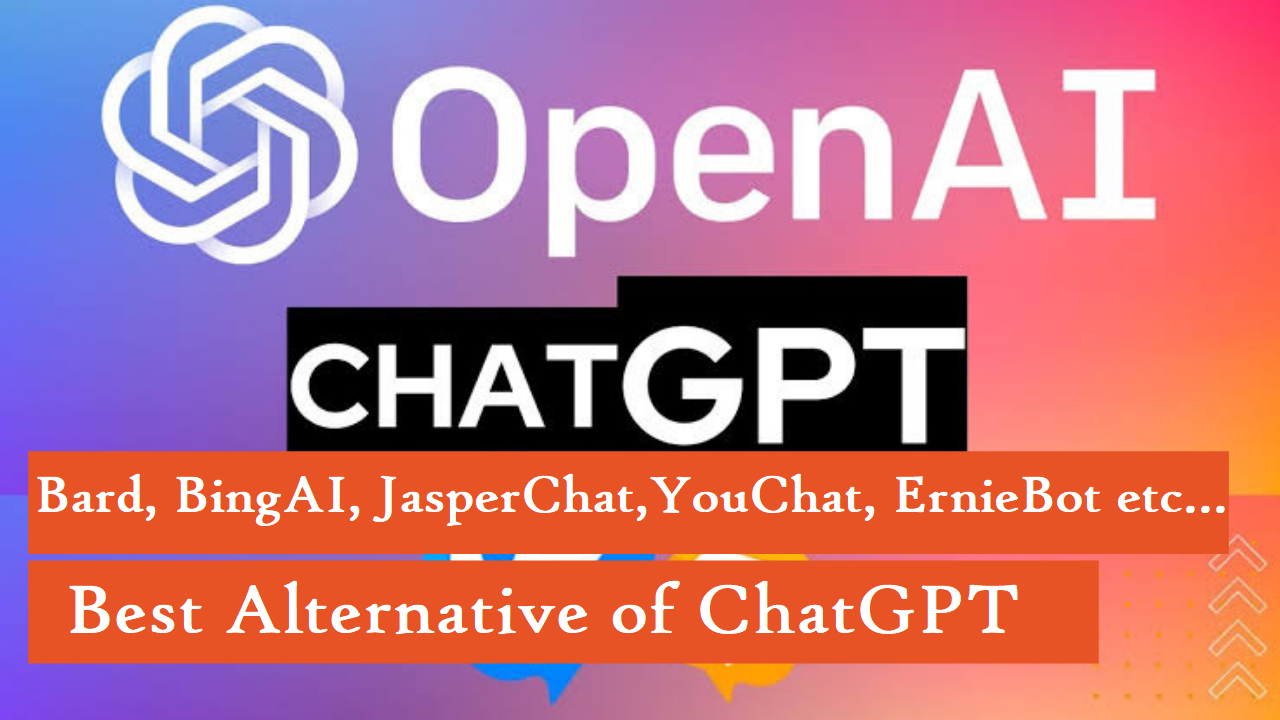Introduction
The world of artificial intelligence is constantly evolving, and the release of GPT-4 is a significant step forward in the field of natural language processing. GPT-4, or Generative Pre-training Transformer 4, is the latest version of the GPT series developed by OpenAI. This model has been trained on a massive dataset of internet text and is capable of understanding and generating human-like text. In this article, we will take a closer look at the features and capabilities of GPT-4 and what sets it apart from its predecessors.
Language Understanding
One of the most notable features of GPT-4 is its ability to understand and interpret human language. The model has been trained on a diverse dataset of internet text, which includes a wide range of topics and styles of writing. This allows GPT-4 to understand the nuances of human language and respond appropriately to different types of input. Additionally, GPT-4 can understand the context and carry out conversations in a natural and coherent manner.
Generative Capabilities
GPT-4 is also highly capable of generating human-like text. The model can generate text on a wide range of topics, from creative writing to technical documentation. Additionally, GPT-4 can mimic different writing styles, such as formal or informal, to produce text that is tailored to the intended audience. This makes GPT-4 a useful tool for content creation, and it can be used to generate articles, essays, and even poetry.
Language Translation
Another exciting feature of GPT-4 is its ability to translate text from one language to another. The model can understand the meaning of the text in one language and generate a translation in another language that is both accurate and natural-sounding. This makes GPT-4 an excellent tool for language learning and can be used to help people communicate in different languages.

Difference Between GTP-3 and GPT-4
GPT-3 and GPT-4 are both language models developed by OpenAI, but there are several key differences between the two.
GPT-3, or Generative Pre-trained Transformer 3, was first introduced in June 2020. It is trained on a massive dataset of over 570GB of text data, which includes a diverse range of sources such as books, articles, and websites. GPT-3 has 175 billion parameters, making it the largest language model to date.
One of the most notable features of GPT-3 is its ability to perform a wide range of natural language processing tasks with high accuracies, such as language translation, summarization, and question answering, without the need for fine-tuning. This is made possible by its large dataset and powerful architecture.
On the other hand, GPT-4 is not yet released by OpenAI. There are some hints that the OpenAI team is working on the improvement of GPT-3, which may be called GPT-4.
In short, while GPT-3 and GPT-4 are both language models developed by OpenAI, GPT-3 is currently the most advanced and widely used model, with a larger dataset and more parameters than any other language model. While GPT-4 does not exist yet, it is expected to have more advanced features and capabilities than GPT-3, such as improved performance on natural language processing tasks.
Conclusion
GPT-4 is a significant step forward in the field of natural language processing. It has been trained on a massive dataset of internet text, which allows it to understand and interpret human language in a natural and coherent manner. Additionally, GPT-4 has the ability to generate human-like text on a wide range of topics and mimic different writing styles. It’s also able to translate text from one language to another. GPT-4’s capabilities make it an exciting tool for a wide range of applications, including content creation, language learning, and more. While GPT-4 is not yet available, it’s exciting to see the potential it holds for the future of AI and NLP.




